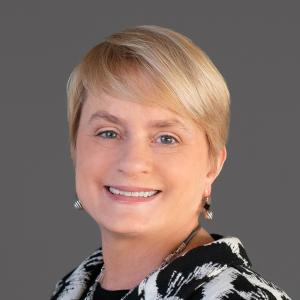On April 23, 2024, the Department of Labor (DOL) published a Final Rule that dramatically expands the pool of salaried workers entitled to overtime pay under the Fair Labor Standards Act (FLSA) by raising the minimum salaries required to qualify for exempt status in bona fide executive, administrative, or professional (EAP) roles, or as exempt "highly compensated employees." The DOL estimates that employers will need to pay approximately 4.3 million more U.S. workers overtime for all hours worked above 40 per week once the new salary thresholds take effect.
EAP Exemption Thresholds
To qualify for “white collar” or EAP exemptions from overtime pay, most EAP employees must be paid at a rate that is no less than a specific salary on a salary basis and satisfy at least one of the EAP job duties tests. (The Final Rule does not change the job duties tests, so they are not addressed in this article.)
Currently, the salary threshold for qualifying for EAP-exempt status is $35,568 per year. Under the Final Rule, that figure will be raised in two stages and then go up every three years thereafter. Specifically:
- The salary threshold for EAP exemptions increases to $43,888 per year (or $844 per week) on July 1, 2024.
- Six months later, on January 1, 2025, the threshold increases to $58,656 per year (or $1,128 per week).
- Starting July 1, 2027, and every three years thereafter, the threshold will increase based on current earnings data.
Under the Final Rule, employers may continue to use nondiscretionary bonuses and incentive payments (including commissions) to satisfy up to ten percent of the new salary levels, so long as they make those payments annually or more frequently.
Highly Compensated Employee Exemption Thresholds
The new Final Rule also raises the salary thresholds for the FLSA's “highly compensated employee” exemption. The highly compensated employee exemption applies to those workers who earn more than the designated amounts, whose primary duty includes performing office or non-manual work, and who customarily and regularly perform at least one of the exempt duties or responsibilities of an exempt executive, administrative, or professional employee as detailed in the EAP job duties tests.
Currently, a highly compensated employee is one who earns $107,432 annually, and is paid on a salary basis. Under the Final Rule, an employee will qualify for the exemption only if they at least earn these amounts:
- $132,964 starting on July 1, 2024
- $151,164 starting on January 1, 2025.
- Increases every three years, starting July 1, 2027, based on current earnings data.
Some Exceptions Apply
Employers should be aware that salary basis and salary threshold requirements do not apply to certain exempt employees, specifically outside sales employees, teachers, or employees practicing law or medicine, as those occupations are defined under the FLSA. Exempt computer professionals may be paid either on a salary basis (not less than the required threshold) or an hourly basis at a rate not less than $27.63 an hour.
What Employers Should Do Now
These changes will have a significant impact on many employers who will now face the decision to increase exempt employee compensation to meet the salary thresholds and preserve exempt status or reclassify employees as non-exempt and pay them overtime if they work more than 40 hours in a work week.
To prepare for these changes, employers should work with counsel to thoroughly review the compensation amounts and structures for all of their salaried employees, as well as their job duties and responsibilities. Employers who face reclassification should also review with counsel strategies for managing overtime costs with newly reclassified employees. By doing so, they can understand how much their exempt workforce will be impacted and make any needed adjustments to ensure compliance with the Final Rule.
Finally, lawsuits have been filed which may delay the new thresholds from taking effect. While employers prepare to comply with the Final Rule, they may also wish to seek advice of counsel about the timeline for the implementation of their strategies.
If you have questions about the Final Rule or would like to discuss its practical implications for your business, please contact Melissa Jones at Tydings.
